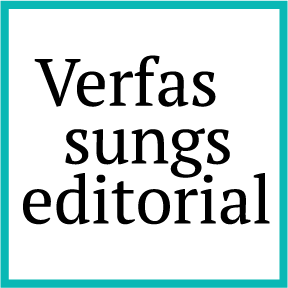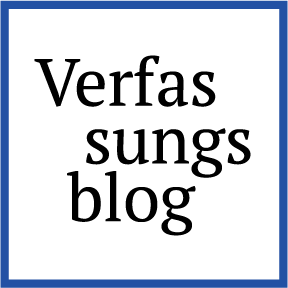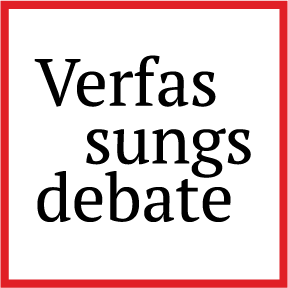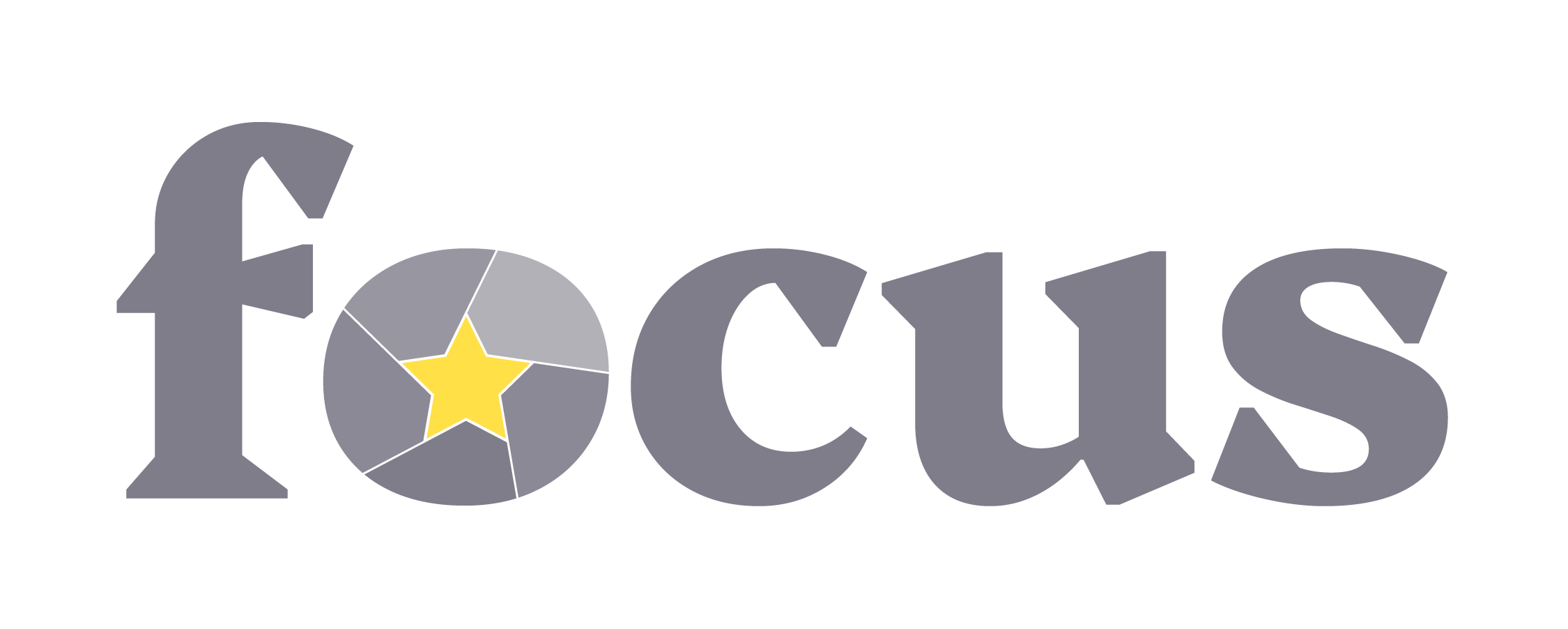The Legal Form of Animals in Global Value Chain Law
And What It Says About How Law Constructs The Social Condition
The Charter of Fundamental Rights of the European Union (“The Charter”) does not mention animals. The ignoring or downplaying of animals is, however, a general feature of EU law –including in the area what might be called “global value chain law” (GVC Law). This area concerns the chains of contracts and related legal infrastructures structuring central parts of global economic activity, which makes it a significant part of (EU) contemporary economic law, as well.
The argument presented here is twofold. First, animals do not enjoy a particular or special status and are not given a particular legal form in GVC Law. This allows for deeper reflections on how law has observed both animals and humans throughout history, mounting in the observation that the difference in status between animals and humans might be smaller than often assumed. Animals and humans were both domesticated with the help of law and legal techniques. This, in turn, allows us to recast the concept of the social condition produced through law and legal techniques underpinning the fundamental values of EU law as expressed in the EU Charter.
Animals and Humans in Global Value Chain Law
A GVC can be defined as a contract-based and connectivity enhancing network stretching from suppliers to customers engaged in the extraction, transmission, and incorporation of condensed components of meaning – i.e. animals, capital, commodities, components, knowledge, persons, and products – from one legally defined societal context to another. This happens as part of the production of economic value and the re-production of societal conditions enabling the perpetuation of economic value creation. In other words, law and legal techniques play a crucial role in the constitution of GVCs; and they do so both in the narrow sense in which GVCs can be understood as chains of contracts and in the broad sense as socio-legal assemblages mixing legal and managerial techniques.
In a legal sense, recent national – such as French and German – and EU due diligence legislation provide the most ambitious attempts for a holistic regulation of GVCs to date. It is a regulation that, in the EU context, builds on robust sectoral rules governing everything from diamonds and palm oil to timber. In the 58-page corporate due diligence directive, constituting the core of present EU GVC Law, there are only two mentions of animals. In recitals 13 and 35 it states, respectively:
“Due diligence requirements under this Directive should contribute to … protecting the health and well-being of people, animals and ecosystems from environment-related risks and negative impacts”.
and
“This Directive acknowledges the ‘One Health’ approach as recognised by the World Health Organization, an integrated and unifying approach that aims to sustainably balance and optimise the health of people, animals and ecosystems. The ‘One Health’ approach recognises that the health of humans, domestic and wild animals, plants, and the wider environment, including ecosystems, are closely interlinked and interdependent.“
In short, animals are incorporated into a “holistic approach” – an integrated “one-health approach” according to which condensed components of meaning, i.e., animals, capital, commodities, components, knowledge, persons, and products, are treated the same in principle. This can be read in two ways. First, a recognition of the equal standing and importance of animals (and ecosystems) with humans. Second, that animals and nature are subsumed under the same rationalizing logic of modern law as humans are. The form of objectification is largely the same.
The objectification of animals and humans through law
The objectification of animals and nature through law is a fate shared by humans based on a double strategy: First, through an enabling of their objectification, and secondly through imposing conditions and limitations to the form of objectification. In substantive law dealing with transportation of animals, i.e. animals in GVCs, law structures the extraction, transmission, and incorporation of animals from one legally defined context to another while imposing limitations. In Council Regulation (EC) No 1/2005 of 22 December 2004 on the protection of animals during transport and related operations, provision 1.2 states, for example: “Sufficient space shall be provided inside the animals’ compartment and at each of its levels to ensure that there is adequate ventilation above the animals when they are in a naturally standing position, without on any account hindering their natural movement.” This resembles the first modern “corporate social responsibility-measures” imposed on the GVC for slave trade. The 1788 UK Regulated Slave Trade Act, for example, placed limitations on the number of enslaved Africans that British slave ships could transport. Ships could transport 1.67 slaves per ton of the ships’ weight.
Tellingly, the logic guiding the abolishment of the slave trade followed the same trajectory of current day animal rights advocacy: First comes NGO style activism aimed at raising awareness, at transforming the societal acceptability of existing norms. Second comes soft law guidance, followed by recommendations. Then comes hard law regulation allowing for and enabling the activity to continue, but restraining it to certain conditions. Ultimately, and fourthly, follows the outright banning of the activity in question. Current animal law in the EU seems to have arrived at stage three.
The dual-domestication of animals and humans
This allows us to draw more general insights into how law distills meaning—how it objectifies and moulds material forms, including animals, humans, and plants, from a position of authority. Law seemingly approaches all forms of materiality in the same way. Living organisms such as animals, humans and plants share the fact that they are being cultivated and domesticated with the help of law.
In The Civilising Process (Über den Prozeß der Zivilisation) from 1939, Norbert Elias describes how the rise of the legally enshrined state monopoly on legitimate physical violence implied a disciplination and cultivation process of humans. Immediate and impulsive acts in relation to sex, violence and general behavior were increasingly marginalized and supplanted with internalized self-restraint and particular codes of conduct. A process not dissimilar to the reconstitution processes of the subject which Michel Foucault described decades later. Hence, following this line of thinking, human subjects are “artificial”—that is, “non-natural”—constructions, domesticated through social techniques, with law at the very center of this process. Since such processes of human domestication are intrinsically tied to state power, the regions of the world where they have advanced most are those where strong, centralized, and rationalized state authority has been a defining feature for centuries. It is therefore hardly surprising that Hans Magnus Enzenberger in Europe, Europe: Forays into a Continent from 1989 (Ach Europa! Wahrnehmungen aus sieben Ländern), described Sweden as the country – of the seven European nations he visited for the book—where the state’s domestication of the population had progressed the furthest.
Plant breeding also implies changing the characteristics of plants through often century long cultivation processes, which are likewise carried out with the help of law and legal techniques, i.e. intellectual property rights. It is a process that entails the objectification of nature and its transformation – quite literally – into cultivated artefacts shaped and defined by law. Animals have also been subject to systematic domestication and breeding throughout social history, aimed at advancing features and behaviors, be it for the purpose of nutrition or the social role as a pet.
In The Court Society (Die höfische Gesellschaft) from 1969, Elias topped off by adding that the domestication of humans not only implied increased self-restraint but also the active development of new codes of conduct in the form of manners and rules of social engagement. These manners and rules of social engagement enabled new forms of inter-human competition for status and material goods – without necessarily involving physical violence. This logic of engagement was, according to Elias, originally developed in front of the courts. Dressing style, table manners and not least the art of holding an interesting conversation rather than brute physical force was what brought one close to the monarch and hence gave access to power and privilege. A logic which now has spread throughout society and become central to almost all social interactions.
Equestrian sports, in particular dressage, the most ‘”refined” form of sports involving animals, were also an invention of the court and the closely associated military power providing the backbone of the state monopoly on legitimate violence, just as hunting dogs and the modern version of pets have clear links to court society. The norms governing interactions between humans and those shaping our relations with domesticated animals co-emerged and co-evolved.
Freedom through submission
Do these insights repudiate the values, norms and intentions inscribed in the Charter and its package of fundamental values? Not necessarily. It merely highlights that androcentrism falls short of grasping the social condition. The “social” is a far broader category than what can reduced to mere human activity. A category which today, apart from animals, plants and other living organisms, also involves electronic agents. As Niklas Luhmann tirelessly pointed out, the basic category of sociality is therefore communication rather than humans, thereby making the concept of the human condition, as for example developed by Hannah Arendt, appear reductionist. Hence, the co-evolutionary logic guiding human and non-human developments is the crux of the matter. To the extent that the history of humankind is understood as a history of the condition of possibility of human existence, that history cannot be written without systematically involving the other dimensions.
But the Charter is implicitly – and at times even expressively – a “Kantian package”, committed to the ideals of the Enlightenment including the notions of freedom (or freedoms), which appear 35 times in text. Does the dual-domestication thesis of animals and humans as outlined above undermine the philosophical foundations of the text? At first glance, it does. Humans are not free if understood as having agency on the basis of being “untouched”, “unmoulded” or “natural”. But this looks different if, like animals, humans are understood as social beings for whom the condition of possibility of acting socially lies in their (self-)constraint through adherence to a social form, as often imposed through law. Or as Jacques Lacan noted in his juxtaposition of the works of Immanuel Kant and Marquis de Sade, they both, paradoxically, believed that freedom was to be found through submission. Animals and humans alike are social beings and as such their freedom necessarily involves submission.
Animals do not enjoy a particular status in GVC law and with that in economic law and also not in the Charter, perhaps the two most crucial cornerstones of EU law. Both rely on a reductionist perception of sociality ignoring crucial insights from history and social theory. A new set of fundamental values fit for the 21st century would need to be based on a far broader notion of sociality including animals as well as other living organisms. This does not, however, necessarily imply a decentering of humanness. It merely begs an epistemological switch away from a static conception of humanness, and towards a relational and dynamic concept emphasizing that humans are never alone and not the only carriers of sociality. That is, it demands a form of sociality that is constantly evolving.
FOCUS is a project which aims to raise public awareness of the EU Charter of Fundamental Rights, its value, and the capacity of key stakeholders for its broader application. Views and opinions expressed are however those of the author(s) only and do not necessarily reflect those of the European Union or the European Commission. Neither the European Union nor the European Commission can be held responsible for them.





